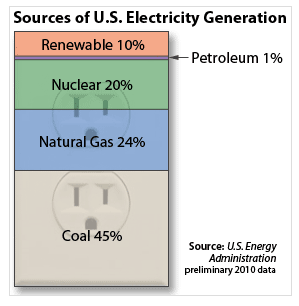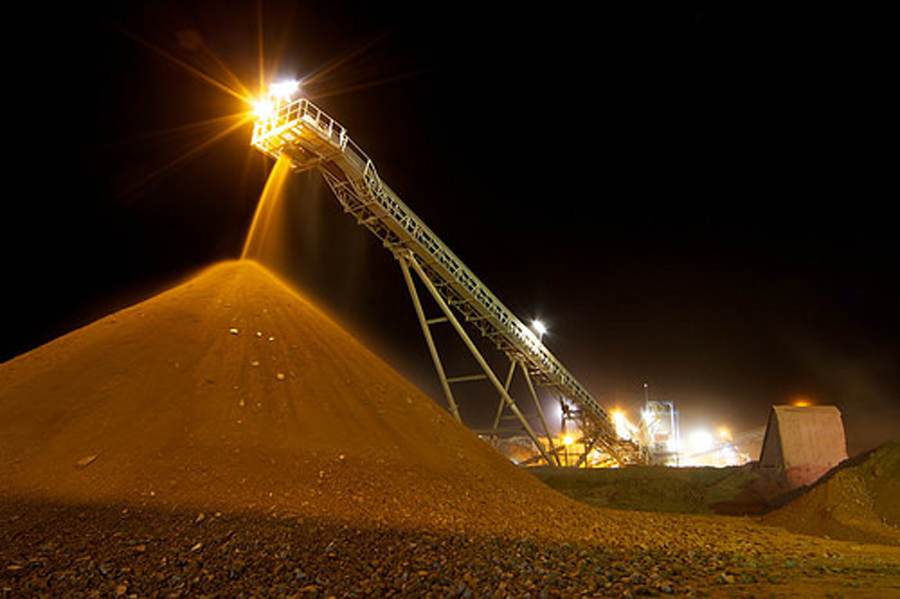Older, dirtier coal plants about to take their last bow

In a ruling that will be felt most heavily by older coal-burning power plants, the United States Environmetal Protection Agency announced new regulations last week to limit emissions of toxic air pollutants like mercury, arsenic and metals.
New emission standards will be based upon “. . . levels achieved by the best-performing sources currently in operation,” states the EPA.
The ruling should mothball roughly one-tenth of older coal-fired power plants. Roughly 45% of the United States power comes from coal.
The EPA says the ruling will have significant health benefits, and even puts a number on expected impact.
“The value of the air quality improvements for people’s health alone totals $37 billion to $90 billion each year. That means that for every dollar spent to reduce this pollution, Americans get $3-9 in health benefits,” estimates the EPA.
Plants that are considered sources of the toxic pollutants identified in the ruling have four years to comply with the new regulations.
“These standards are long overdue. In 2000, after years of study, EPA issued a scientific and legal determination that it was ‘appropriate and necessary’ to control mercury emissions from power plants. The prior administration finalized a rule to cut mercury pollution from power plants, but the D.C. Circuit struck the rule down and required EPA to develop standards that follow the law and the science in order to protect human health and the environment,” writes the EPA.
Grist writer David Roberts says that the rules are significant:
There is some flexibility — more than industry admits — but there’s no getting around the fact that this is going to be an expensive rule. It’s going to kick off a huge wave of coal-plant retirements and investments in pollution-control technology. That is, despite what conservatives say, a good thing, since the public-health benefits will be far greater than the costs. Every country on earth is modernizing its electric fleet. Even China’s ahead of us. These crappy old plants are an embarrassment and good riddance to them.
As stated by the Wall Street Journal, coal may have already reached its peak as natural gas dervied from hydraulic fracturing is starting to get competitive with coal.
More News
{{ commodity.name }}
{{ post.title }}
{{ post.date }}




3 Comments
Zenith mining machine
coal is imortant energy, but it cause too much pollution. In coal plant, Need to add a lot of dust environmental protection equipment. if you are intrested in coal dust collector or evironment protection, contact me
Relu2332
Mills, if on the other hand you are interested in learning how to speak proper English, please contact me.
Tsingtaoson
There are better ways to turn a generator then burning coal, gas, oil, wood or whatever to boil water, but no mater what we “burn” there will be by products. We need to educate that there is no magic bullets only hard work in science and engineering, then get on with it.